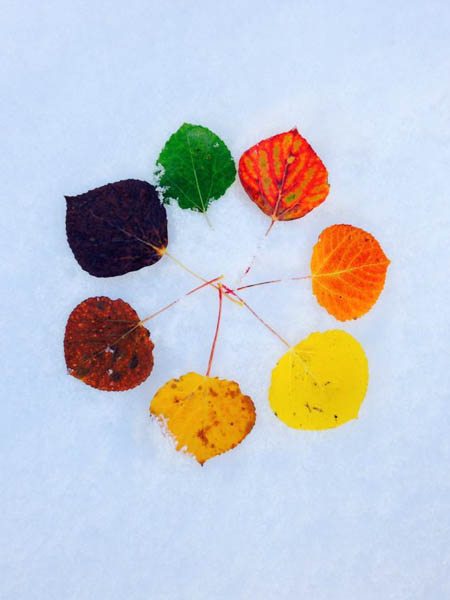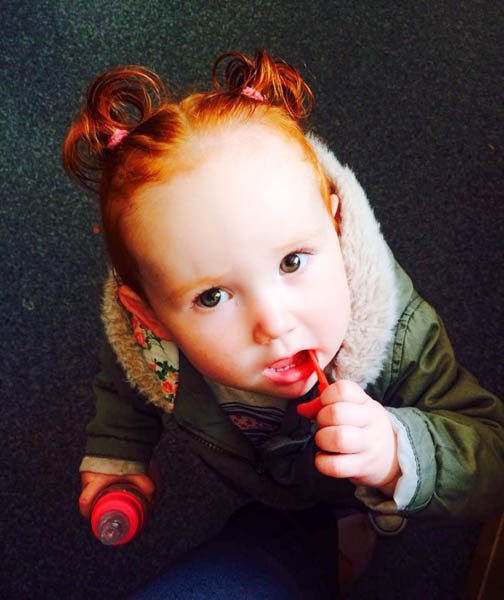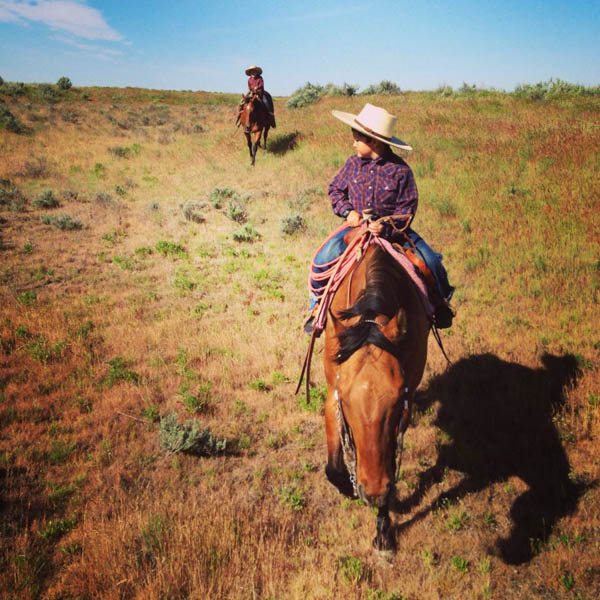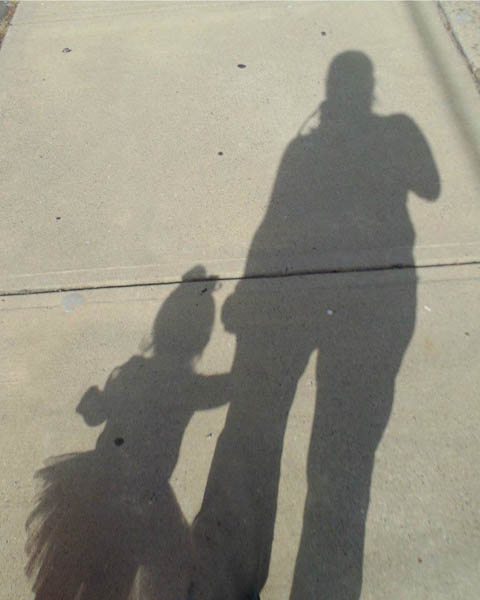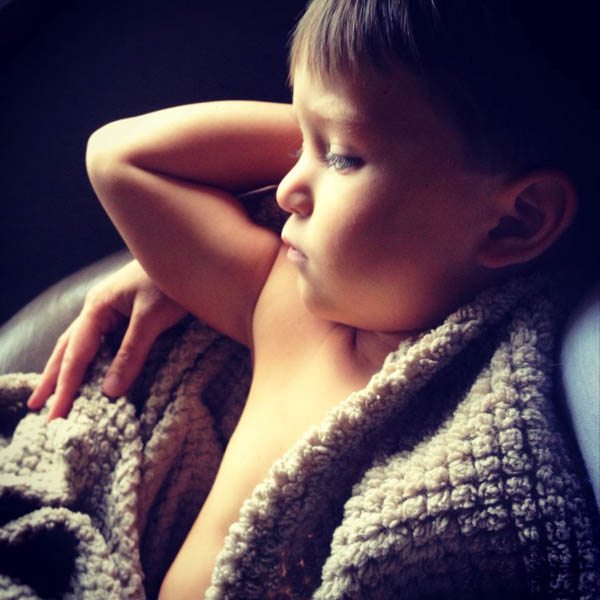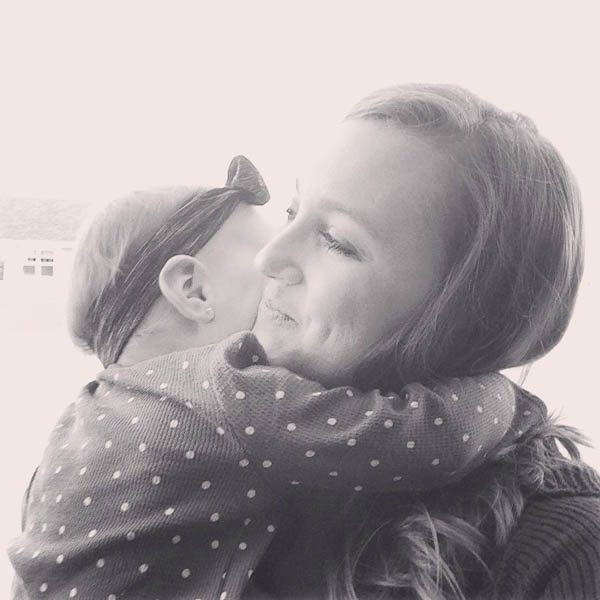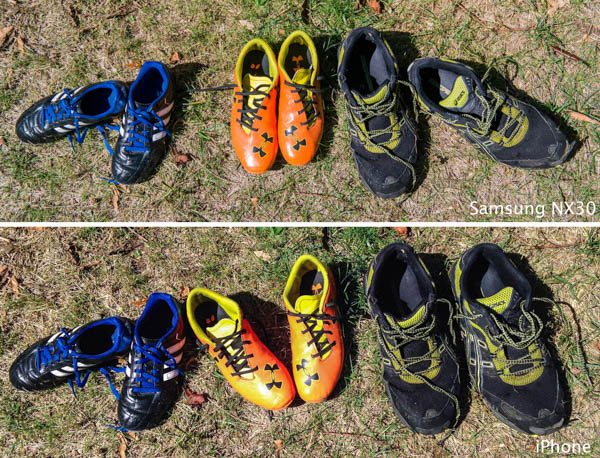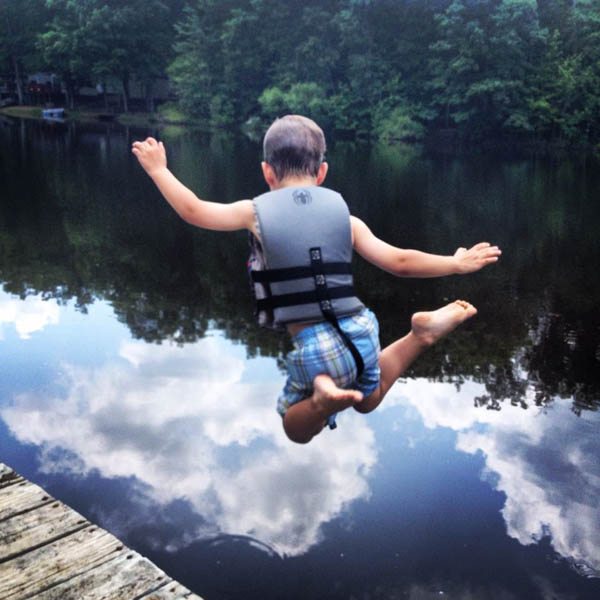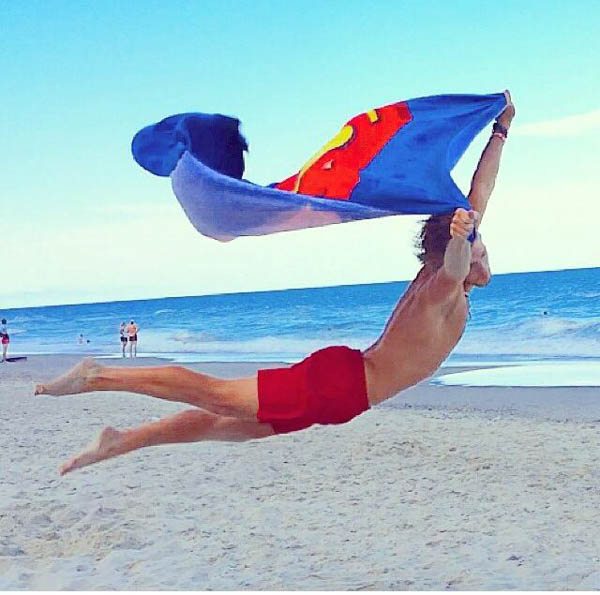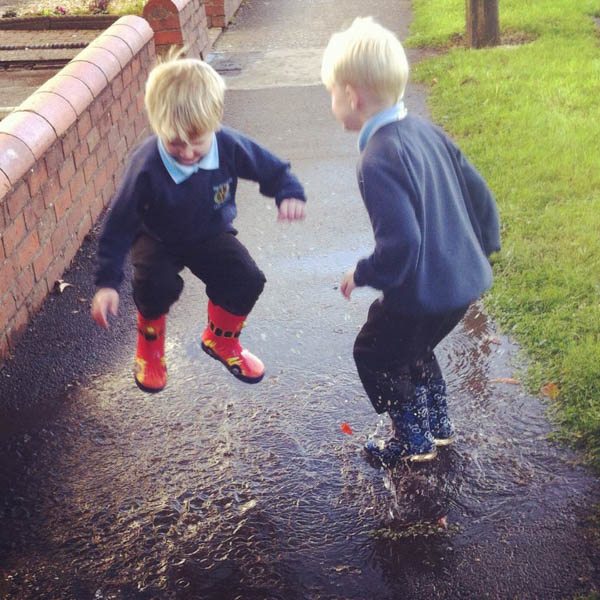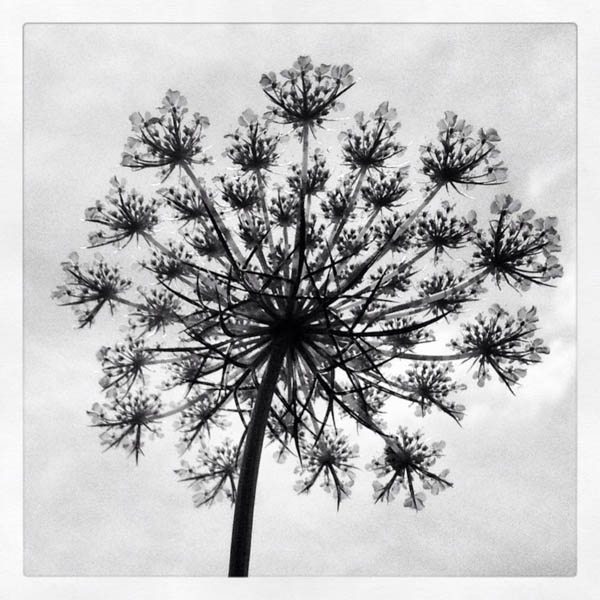Evette Rede Fisher
The cell phone camera comes as close to being the perfect family photo camera as any camera out there. (Keyword: close. It’s not perfect by a long shot.)
It’s always nearby, it’s light in weight, it makes sharing your photographs crazy easy, the quality of the pictures is shockingly good and only getting better, and it takes up virtually no room in diaper bag, for example. That’s a significant pile of benefits.
But like I said, it’s not perfect. Its limitations are related to its size. Practically speaking, there’s no real telephoto lens alternative. And maybe even more significantly, you can’t put backgrounds out of focus.
Like every single camera out there, you simply have to adapt to the limitations of your tools and the medium. Okay, so you won’t use a telephoto lens and you won’t put the backgrounds out of focus. That’s not the end of the world.
Many of you could, and probably will, photograph the rest of your lives with nothing more than this incredible little piece of technology—it may be MOST of you. For obvious reasons, lots of you don’t want a big fancy, dare I say, heavy, camera.
On the other hand, when the limitations of this little miracle become apparent and you start playing with a more sophisticated piece of equipment, you start to understand why people lug these things around. They lug those big cameras around because those big cameras give them joy in a way that a cell phone can’t. There is no getting around it.
This conversation will continue for years, to be sure. Having said all that, there are things to keep in mind so that you can make the camera you always have with you do most of what you want a camera to do. It’s only most. NO camera can do more than most.
And learning how to take pictures with a cell phone prepares you for moving up the photographic equipment food chain. Many of the basics are the same. Get closer. Keep your backgrounds simple. Keep your flash off. Hold your camera still. Blah blah blah.
Obviously, like the rest of the photographic world, I am well aware that cell phones are on the march. First of all, sales of large single lens reflex cameras are down. Sales of cell phone cameras are exploding.
But the point was really driven home last week when I asked for you all to post your favorite cell phone photos. We received close to 500 pictures in the first 90 minutes and close to 1000 pictures before the day was over. And the photographs are amazing. Are you going to make wall murals out of them? No, that would be a mistake; they don’t have the resolution for that. On the other hand, there’s no disputing that there were hundreds of gems in there. Hundreds.
Here are a few thoughts about what works and what doesn’t when it comes to taking pictures with your most accessible camera. I could really tell that the photographs we were looking at were just a little more intimate maybe and a little more personal simply because the camera is small and accessible.
Small and accessible is worth a lot. Not everything, mind you, but A LOT.
BIG, BOLD, BRIGHT, COLORFUL IMAGERY WORKS BEST.
Yes, it’s true, that statement could be made for any camera, but it’s especially good to keep in mind when you taking a picture with your cell phone camera. The pictures are likely to be viewed small and you need to remember that. Often times, I never even leave the cell phone.
Big bold shapes and bright solid colors work beautifully in a small medium. Hard edged shadows from harsh lighting can be problematic, so soft light is also helpful. (I’ll get to more on that in a minute.) The trick is to keep your subject separated from backgrounds and environment. You can do that with shape, lighting, or color.
Hannah Louise Bonny
Jamie Martin Crosier
Michelle Russell
THERE’S NO SUBSTITUTE FOR HAVING A CAMERA THAT’S EASY TO CARRY AROUND.
Whether you’re riding shotgun on a grocery cart or a horse, that light-weight camera is easy to use—it lets you shoot pictures where you might just not take pictures at all. Taking a large SLR to the grocery store has security issues— it’s a prime theft target— and if you’ve never ridden for three days on the back of a horse with a large camera around your neck (like I have), I’m here to tell you that you will not want to do it again anytime soon. I think I actually had sore stomach muscles from the camera beating against my body. And getting on and off the horse with cameras and a camera bag is no easy feat. Not only was I at risk but the cameras were, too. I wanted to put a smiley face at the end of that last sentence, but I couldn’t bring myself to do it. And when finally dawns on you that your shadow with the ballerina makes a good photograph, you don’t have to make a big production out of it. It’s just a sweet little picture totally deserving of a sweet little camera.
Kelly Ann Ranochak
Laura Gonzalez
Annette Hall
THE ONE-HANDED SELFIE DOESN’T GET ANY EASIER THAN WITH A CELL PHONE CAMERA.
Go get a cinderblock and see how long you can support it with one hand with your arm fully extended. That’s how I feel with my large single lens reflex cameras. Let’s face it, one handed selfies weren’t invented until the cell phone came along; that’s because they made it possible. The picture below by Nicole Pratt-McDermott is about as loving as a self-portrait can be. She saw the light, she didn’t have to stand up or wrestle with her camera, she extended her cell phone and pushed the button. The very idea that this picture is a selfie practically makes it better. This photograph virtually drips with affection.
Nicole Pratt McDermott
Kalie Van Riessen
CELL PHONE CAMERAS ARE WHERE HIGHLIGHTS GO TO DIE, HOWEVER
Don’t get me wrong. Hope Salway Fredrickson didn’t do anything I wouldn’t have done here. She pointed the camera at the waterfall and pushed the button. The relative brightness, however, of the white water compared to the darker background blew out the detail. That’s just the nature cell phones.
Am I suggesting that hope should not taking the picture here? Of course not. I’m just saying that if you really want to photograph that waterfall, you may want to do it with another camera. Any subject with a really bright highlight is not going to showcase cell phones at their best.
Hope Salway Fredrickson
Here’s another example of cell phone cameras not being able to maintain detail in highlights. Our shoes were drying in the sunshine. Alexander’s soccer shoes are that bright, optic orange color that’s very reflective. I shot the top picture with my big boy camera. The bottom one is with my iPhone. Everything else almost looks the same, except the shoes in the middle are starting to be blown out. The detail is gone and there’s really nothing you can do about it in editing. This is less than user-friendly subject matter for cell phones.
YOU CAN SHOOT WONDERFUL SILHOUETTES WITH A CELL PHONE, BUT WATCH YOUR BACKGROUNDS
One thing cell phones do rather well is make silhouettes. If you have a relatively bright background and your subject is standing in significantly darker light you can make some pretty dramatic shapes out of your subjects. Things can get contrasty with cell phone cameras and that makes for good silhouettes.
I took the liberty of moving Cristie’s photographer mom (notice the camera and sorry, Cristie!) to the right a bit so it was juxtaposed against the island in the background. You need to be very careful not to do that—lay objects on top of each other, that is. Keep the outline of your subject as separated and distinct from objects in the background as possible. Easier said than done.
Cristie Contridas
Apologies to Cristie Contridas
IT MAY BE GETTING EASIER TO PHOTOGRAPH ACTION WITH A CELL PHONE THAN IT USED TO BE
A couple of years ago it was practically impossible. The delay between pushing the button and having the shutter release was pretty significant.
But there were so many really good action photos posted that I have to pull my punches a bit. The shutter button on my iPhone 5C can actually be rather impressive. And, like I said, based on the pictures we see here it just might be getting easier.
Still, practice makes perfect. Having a child jump in the air for you several times to see how many times you can stop the peak action would be time well spent. That goes for anybody who wants to photograph action with any kind of camera, by the way.
Margaret Meade Park
Kimberly Michele Boyd
Donna Fellows
Jessica Thomas
TAKE ADVANTAGE OF THE EASY TO GET TO EXTREME ANGLES
Both of the photographs below would be a little tricky if you were looking through the viewfinder of a single lens reflex camera. In fact, you would probably be inclined NOT to take the picture— at least I would. (My knees, my knees!)
Now, with that lightweight camera that focuses so closely you can be extremely playful. Plants and kittens are prime examples of subjects that are worthy of a cell phone camera set on the floor. Cell phone cameras allow us to achieve some extreme angles that used to be the creative ground of only the very best contortionists.
Ashley Caspillo
Amy Williams

